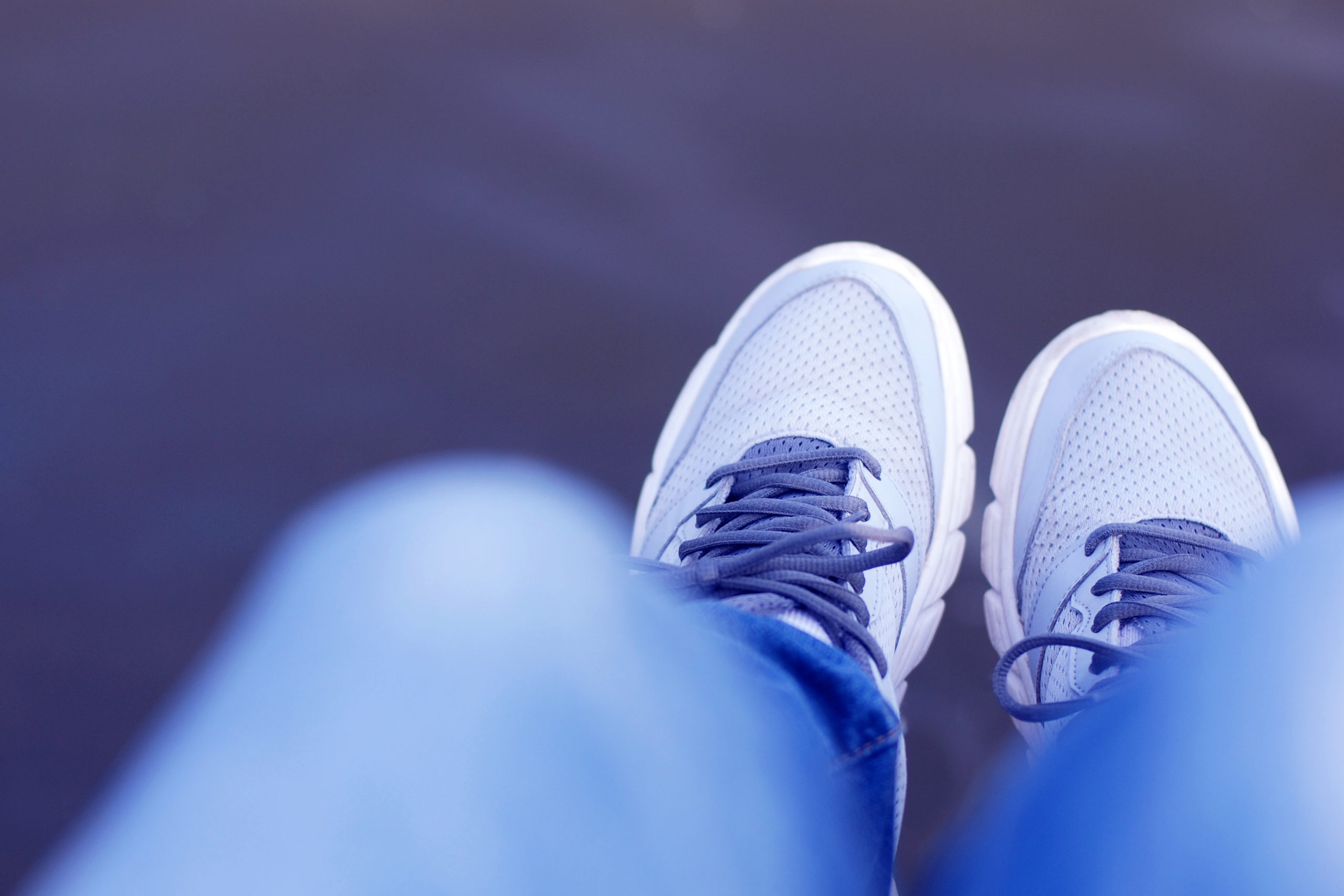How Can Sport-Specific Visual Training Improve Goalkeeping Skills in Football?

Training is an essential part of sports, and this is no less true in soccer. Whether you’re a scholar learning the ropes or a seasoned professional, the role of training in enhancing your skills and overall performance cannot be overstated. Today, we delve into a specific aspect of training that often flies under the radar but can significantly improve a player’s performance: Sport-specific visual training for goalkeepers.
Sport-Specific Visual Training: An Overview
In the world of sports, every second counts, and being able to react quickly to a moving ball can be the difference between a triumphant save and a crushing defeat. This is especially true for goalkeepers, where lightning-fast reactions and precision are paramount.
Dans le meme genre : Revolutionize your workout with a smart hula hoop
Visual training can be a game-changer. It involves a series of exercises and drills designed to improve the visual capabilities of athletes, enhancing their ability to track objects, anticipate movements, and react promptly. In football, these skills are crucial for goalkeepers, who must keep their eyes on the ball and anticipate its trajectory at all times.
How Visual Training Can Enhance Goalkeeper Performance
A study published in PubMed illustrates the impact of visual training on goalkeepers. The research, titled "The effect of sport-specific training on visual skills and reaction time in soccer goalkeepers," highlights that goalkeepers who underwent visual training significantly improved their reaction times and catching performance.
Avez-vous vu cela : What’s the Impact of Targeted Neuromuscular Training on Protecting Volleyball Players from Ankle Sprains?
By enhancing goalkeepers’ ability to track the ball in different light and motion conditions, visual training helps them react quicker and more accurately. Whether it’s a speedy shot on goal or a high cross into the penalty box, being able to anticipate the ball’s movement and position themselves correctly can truly make or break a game.
Visual Training Drills for Goalkeepers
The effectiveness of visual training depends on the quality and relevance of the drills used. Various tools and techniques can be utilized to facilitate these drills, from simple eye tracking exercises to advanced equipment like strobe glasses.
One popular drill involves using a colored ball and various players. The goalkeeper must keep their eyes on the ball at all times, even as it is passed between the players. As the speed of the ball increases, the goalkeeper’s visual tracking and anticipation skills are put to the test.
Another technique involves the goalkeeper standing in goal with their back to the field of play. A coach or player will then kick the ball towards the goal, and at the last possible moment, the goalkeeper must turn and try to save the shot. This drill enhances the goalkeeper’s ability to react quickly and make split-second decisions based on limited visual information.
A Detailed Analysis Using Crossref and Pubmed
Crossref and Pubmed are reputable databases that archive various studies and research conducted in the field of sports science. A detailed analysis of these sources provides a more in-depth understanding of how visual training can significantly improve a goalkeeper’s performance.
Research by Scott and Patton (2012) on Pubmed titled "Effects of vision training on performance in soccer players" reported that the incorporation of visual training in soccer players’ routine led to a 12% improvement in the speed of recognizing soccer-specific situations. This result directly applies to goalkeepers, who are required to instantly recognize the opponent’s actions and react accordingly.
In a similar vein, a study listed on Crossref by Schwab and Memmert (2012) titled "The impact of a sports vision training program in youth field sports" showed that visual training not only improved the visual acuity of youth soccer players but also enhanced their overall soccer skills, including passing and shooting accuracy. This is a clear indication that visual training can significantly impact a goalkeeper’s overall skill set and not only their saving ability.
Despite the undeniable importance of visual training, it’s worth noting that it should not replace other forms of training but complement them. It’s only through a holistic and well-rounded approach to training that goalkeepers can truly maximize their potential and achieve excellence on the pitch.
Remember, being a successful goalkeeper requires more than just stopping shots. It’s about making the right decisions at the right time, anticipating the opponent’s moves, and having the confidence and skill to command the goal area. Visual training is just one of the many tools that can help you reach these goals.
So, goalkeepers, it’s time to incorporate visual training into your training regime. You’ll be amazed at the difference it can make in your performance!
Implementing Visual Training into Goalkeeper Training Sessions
Implementing visual drills into a goalkeeper’s training routine is vital for enhancing their visual skills, reaction time, and consequently, their overall performance. By simulating match conditions as closely as possible, the training drills can help goalkeepers make significant strides in improving attention, anticipation, and decision-making abilities.
Strobe glasses are an effective tool that can be used during goalkeeper training sessions. When worn, these glasses disrupt the wearer’s vision at adjustable intervals. This forces the goalkeeper to rely more on their other senses, thereby improving their ability to react under pressure and uncertainty. Strobe glasses also help to hone the goalkeeper’s focus and attention, allowing them to better anticipate the trajectory and speed of the ball.
Several studies found on Google Scholar back up the effectiveness of using strobe glasses in training. For instance, a study by Schwab and Memmert (2012) titled "The impact of a sports vision training program in youth field sports" discusses how vision training with strobe glasses improved the players’ ability to process visual information in a short term.
Another tool that can be used in training sessions is the Senaptec Strobe. This tool is designed to push athletes’ limits by improving their visual skills, reaction time, and physical performance. A study on Sci Google found that using the Senaptec Strobe significantly improved the reaction times of soccer goalkeepers.
Incorporating these visual drills and tools into a regular training session ensures a well-rounded development of a goalkeeper’s skills. However, it is essential to remember that visual training should complement other forms of goalkeeper training, not replace them.
Conclusion: The Power of Visual Training for Soccer Goalkeepers
In conclusion, visual training holds great potential for enhancing a goalkeeper’s performance on the football pitch. By improving their vision skills, goalkeepers can respond more quickly and effectively to different game situations.
Visual training, backed by various studies hosted on reputable platforms like Pubmed and Crossref, also enhances other skills vital for a goalkeeper. From improving their ability to make split-second decisions, enhancing their physical performance and command in the goal area, to increasing their overall soccer skills, visual training plays a crucial role in developing a holistic goalkeeper.
However, while visual training is undoubtedly a powerful tool, it is only one piece of the puzzle. It should be integrated into a comprehensive training regime that includes physical conditioning, technical drills, and tactical understanding, among others.
Incorporating visual training into regular training sessions using tools like strobe glasses and Senaptec Strobe can yield significant improvements in performance. As a goalkeeper, it’s time to embrace this innovative training approach and witness the difference it can make in your game. After all, the potential for improvement is only limited by one’s willingness to explore new methods and dedication to continuous learning.
Visual training, therefore, is not just a trend but a legitimate, evidence-based approach that can take a goalkeeper’s performance to new heights. So, it’s time to see the game differently. Embrace visual training and become the best goalkeeper you can be.
